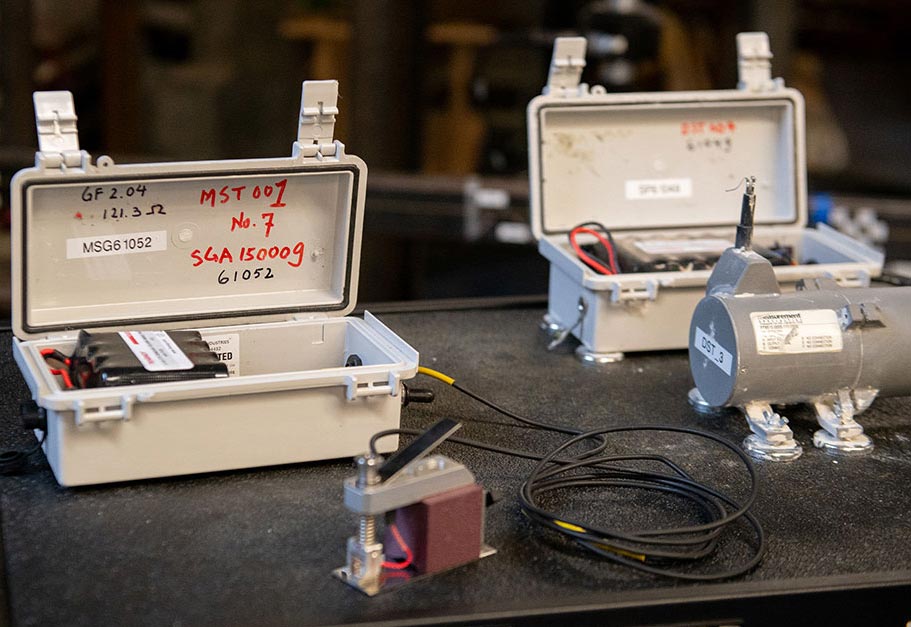An interdisciplinary team of Drexel engineers have developed a new solar-powered, wireless system to monitor bridge deformation 24/7. The system could help inspectors identify bridges in need of repair and prevent catastrophic failures, according to Ivan Bartoli, PhD, professor of civil, architectural and environmental engineering.

The system consists of displacement sensors, solar cells and wireless transmitters. Multiple sensors can be mounted on a bridge without wiring, transmitting continuous data on bridge movements. This allows for early detection of structural problems.
“With as much aging infrastructure as there is in the U.S. we need a way to keep a close eye on these critical assets 24/7,” said Bartoli. “This is an urgent need, not just to prevent calamitous and often tragic failures, but to understand which bridges should take priority for maintenance and replacement.”
Fei Lu, PhD, assistant professor of electrical and computer engineering, postdoctoral researcher Mustafa Furkan, and PhD student Yao Wang helped develop the system. Wang led optimization of the solar power supply to ensure uninterrupted monitoring, even in harsh weather.
Bartoli said the low-maintenance, durable system could enable continuous monitoring of thousands of bridges, not just problematic ones. Data on bridge deformation under traffic loads and environmental factors would help inspectors identify needed repairs.
The research was published in the IEEE Journal of Emerging and Selected Topics in Industrial Electronics and was funded by the Federal Highway Administration’s Accelerating Market Readiness program.

